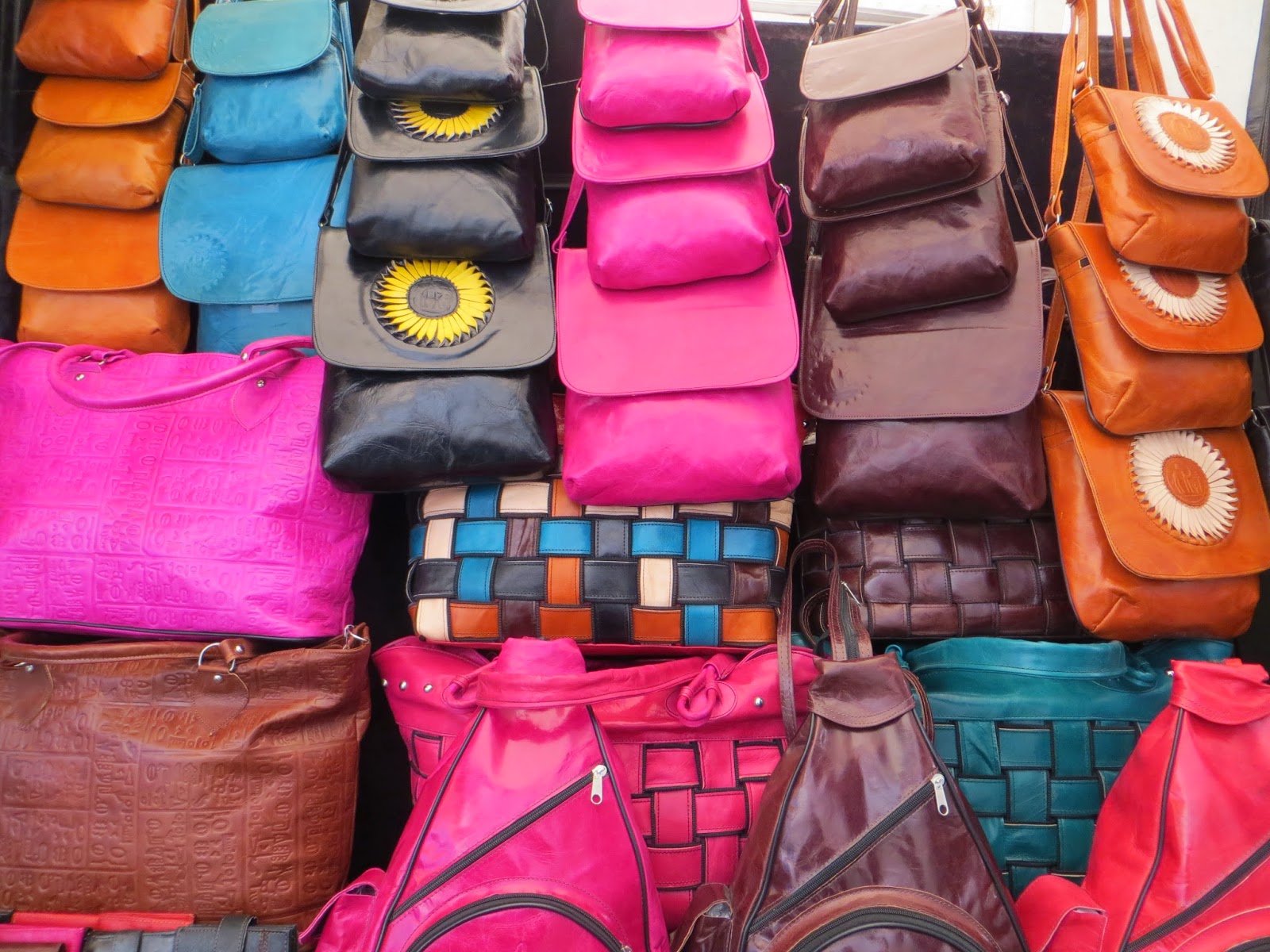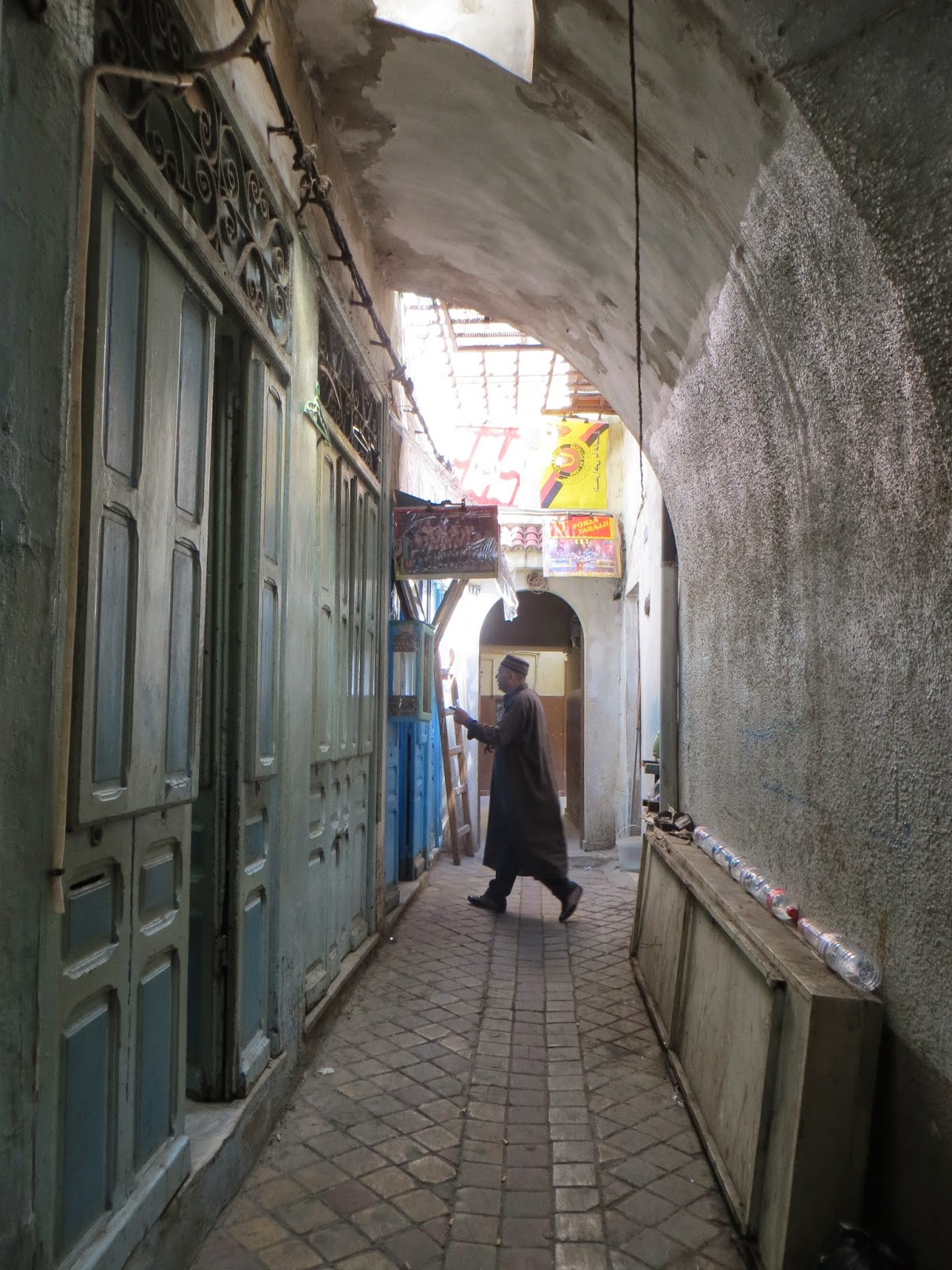Today was my first visit to Tunisia, in North Africa, a former French colony whose history dates back over 3000 years.
Having been occupied by the Phoenicians, Romans, Byzantines, Turks, Spanish and French, the nation finally gained independence from France in 1956.
Importantly, Tunisia is the birth place of the Arab Spring. Fortunately, its tourism industry is slowly making a comeback as its government demonstrates some signs of stability.
From the modern port city of La Goulette, I took an all-day tour that included visits to the bustling capital Tunis, Phoenician and Roman ruins at Carthage & the beautiful hillside, Santorini-like, village of Sidi Bou Said. Our guide was knowledgeable, patient, and passionate about his native land.
Tunis
Tunis is the capital of Tunisia, the northernmost country in Africa, Muslim and Arab, and yet the city feels neither Arab nor African. It's a place where old and new mix without any seeming conflict, in both the architecture (with Moorish and French influences) and way of life. Both French and Arabic are spoken widely. My French came in handier than my English.
During the 12th to 16th centuries, Tunis was considered one of the most important and wealthiest cities in the Arab world. There are reminders of its former splendor everywhere.
We drove through the modern 20th century French colonial Ville Nouvelle (new town) where we saw lots of painted shutters and wrought-iron balconies reminding me of Marseilles or Barcelona. Along the main boulevard in this section of the city, built on an orderly European grid, we saw lots of promenading, coffee drinking, friends conversing, and people watching.
We even saw the square where the Arab Spring protests began in January 2011.
In sharp contrast, the 8th century Medina is quintessentially Arab and its centerpiece is the Great Mosque, only open to Muslims. We toured the surrounding maze of tunnels and alleys dotted with local markets, hidden mansions, backstreet workshops, groups of young people smoking in hookah cafes, and children playing football. The sights, sounds, and smells were a wonderful assault on the senses. The Tunisian people were warm and inviting.
The Souks inside the medina are a cobweb of shops in a huge covered building with vaulted archways where century’s old traditions are at play with stalls of carpets, jewelry, ceramics, spices, clothing, souvenirs, and other handicrafts, with cafes lining the passageways.
Ruins of Ancient Carthage: Carthage, founded by the Phoenicians in the ninth century B.C., was destroyed by the Romans after three brutal Punic wars and then rebuilt to become one of Rome's most intriguing provincial capitals.
We began our tour with visits to the only two remaining sites from the Punic culture: the graveyard where first born, year-old boys were sacrificed to the Gods (very moving) and the old port. Why have so many anciently culture-- -independently ---concluded that their Gods desire human/animal sacrifice???
Next, we visited the Roman ruins located around Byrsa Hill and quarter, built during Hannibal’s lifetime, now a major archeological site. Places we visited included the theatre; amphitheater (where prisons met the death penalty); and the Carthage museum which showcases artifacts that range from a real-life skeletons to gold jewelry, and pottery. Most items here were discovered as recently as 1974.
Over the past 30 years, the government has invested in archeological scholarship to excavate and uncover its lost rich past.
 |
| View of city from Byrsa Hill |
The ruins are scattered, across a broad area and a modern residential neighborhood has been built over most of the land. It's pretty with lush gardens and upscale homes – now, one of the nicest places to live in Tunisia.
Sidi Bou Said: Described as a Tunisian Santorini, this village clings to the hillside above the blue sea; comprising charming, white-washed and blue-shingled houses, no wonder it has inspired poets and artists, such as French novelist Colette and Swiss painter Paul Klee. The village, which was once a major summer resort, features a main street/souk that is awash with small shops, selling typical souvenirs like magnets, as well as pretty ceramics, leather goods and bird cages. They are quite aggressive!
We also visited Dar el Annabi, a "typical" Sidi Bou Said house that's open to the public. The house is built right on the road and has beautiful rooms that are decorated in mosaic tiles and tropical flora, and skylights; there are even a courtyard and a prayer room. We sampled delicious mint tea in the courtyard before our visit began.
From the terrace above we saw spectacular views of the panorama of whitewashed with blue, peppered with colorful flowers,
I ended my day with finally taking a camel ride, after having declined several times in Egypt and in Morocco.
What a splendid day of learning, variety, and immersion in the beautiful sights, sounds, and smells of Tunisia.
And, incidentally, my visit here brought my nations visited count to 73.






























































































